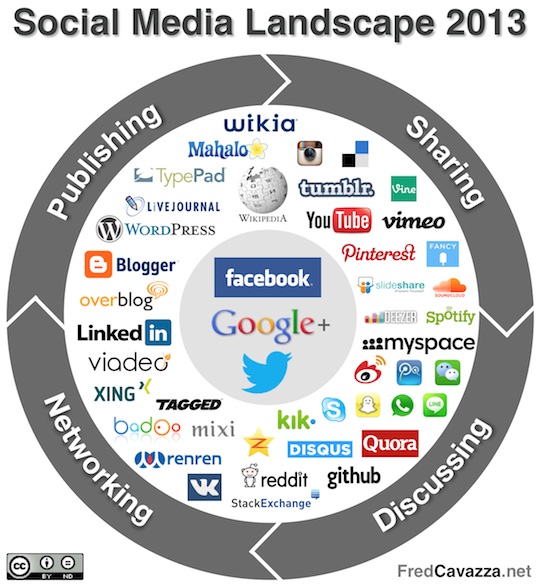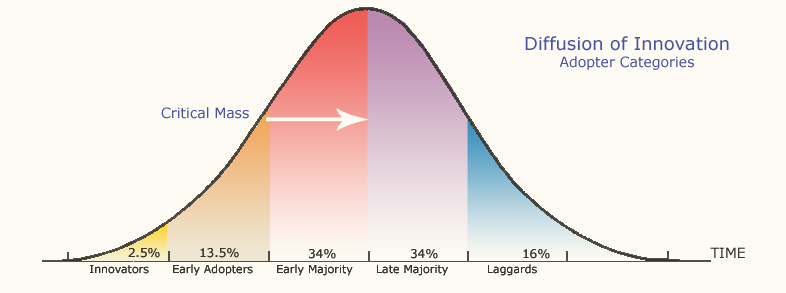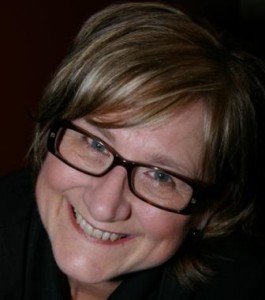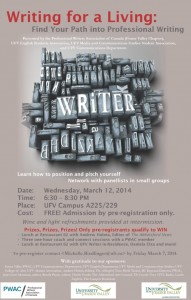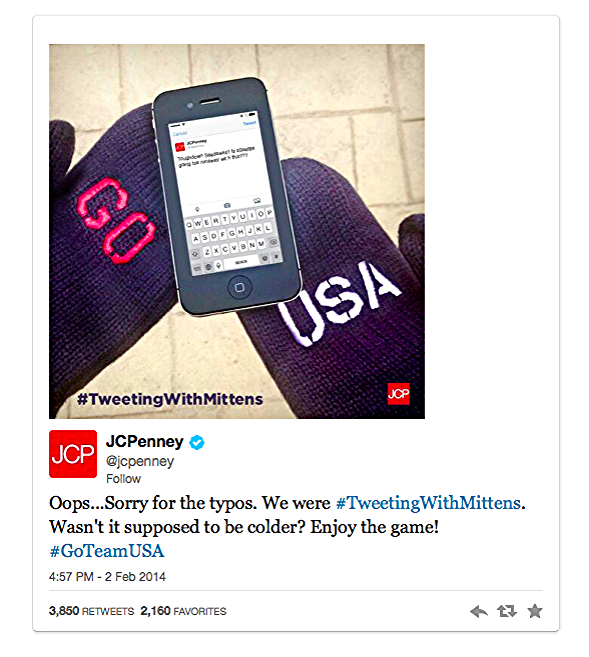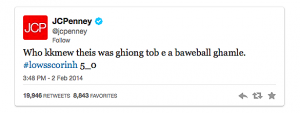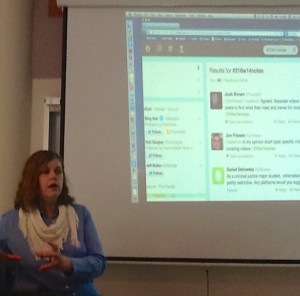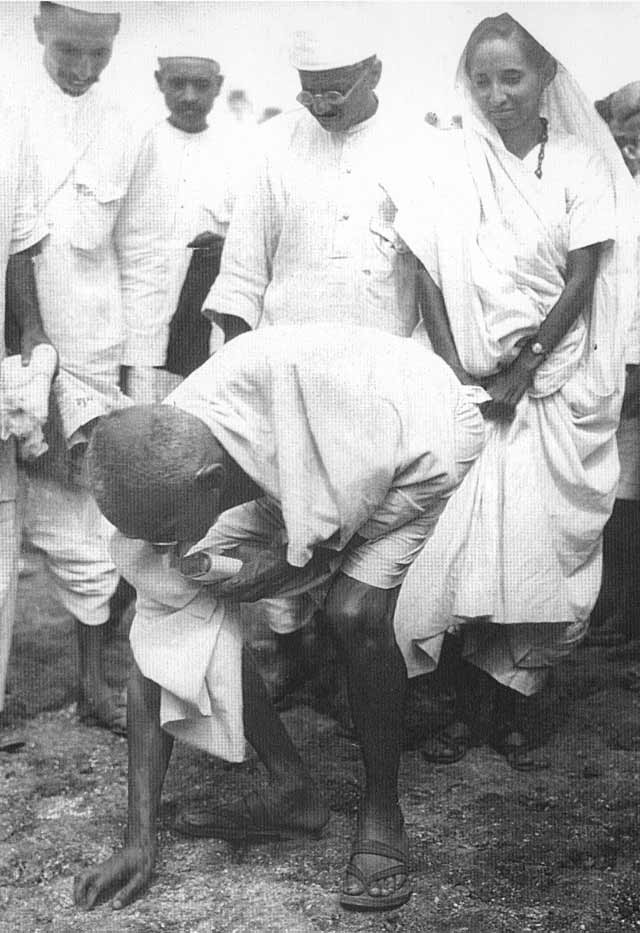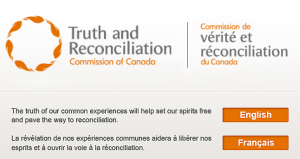Guest Blog by Lindsay Lindholm:
Media convergence theory has been created by the advancement in technology, computer networking, and the shift to from analog to digital telecommunications. Media convergence is the amalgamation of communications, technology, and digital data.

Media formats consolidated into one large corporation
Traditionally we would receive media from one source such as a television, a radio, a book, newspaper or, a magazine. Each medium was transmitted to us by companies that specialized in the media they delivered. Today we see large corporations that have many companies of specialized media formats consolidated into one large corporation.
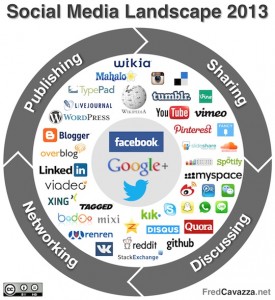 How Does Media Convergence Relate to Social Media?
How Does Media Convergence Relate to Social Media?
Social media has turned media into a two-way conversation between the media providers and the consumers. Consumers of media can use social media to interact with the providers, and fellow consumers. Media providers can provide new forms of content that are possible because of digital technology. For example, television producers can allow viewers to interact with a shows outcome by having viewers send comments or even vote on an outcome like contestants or plot direction. Intellectual property rights can create a clash between users participating in this new style of conversation, a protocol will develop as this culture continues to be defined by those participating.
 How Do Media Convergence and Social Media Benefit Non-Profit and Social Enterprises?
How Do Media Convergence and Social Media Benefit Non-Profit and Social Enterprises?
Media convergence enables non-profit and social enterprises the opportunity to use several social media tools, to develop a relationship with supporters and consumers. Not-for-Profit organizations can utilize social media tools to become media providers and communicate their message; they are no longer limited to expensive advertising campaigns in traditional forms of media.
Resources for More Information on Media Convergence
Image permissions received from: Matt Proctor, Fred Cavazza, Brian Solis and JESS3
Online access:
- The Cultural Logic of Media Convergence by Henry Jenkins
- Converging Media Trends
- The Canadian Encyclopedia – Media Convergence
- Wikipedia – Technological convergence
- Academia network – Media Convergence
- Media, Culture & Society
- Converged Media Ethics
- Parliament of Canada – Media Ownership and Convergence in Canada
Videos:
- Henry Jenkins – What is Media Convergence?
- Henry Jenkins – Lecture at Google in Cambridge, MA.
Keywords: Media Convergence, Convergence Culture, Digital Media Convergence
Hashtags: #mediaconvergence #digitalconvergence #convergencetheory
@LdLindholm [Twitter]

